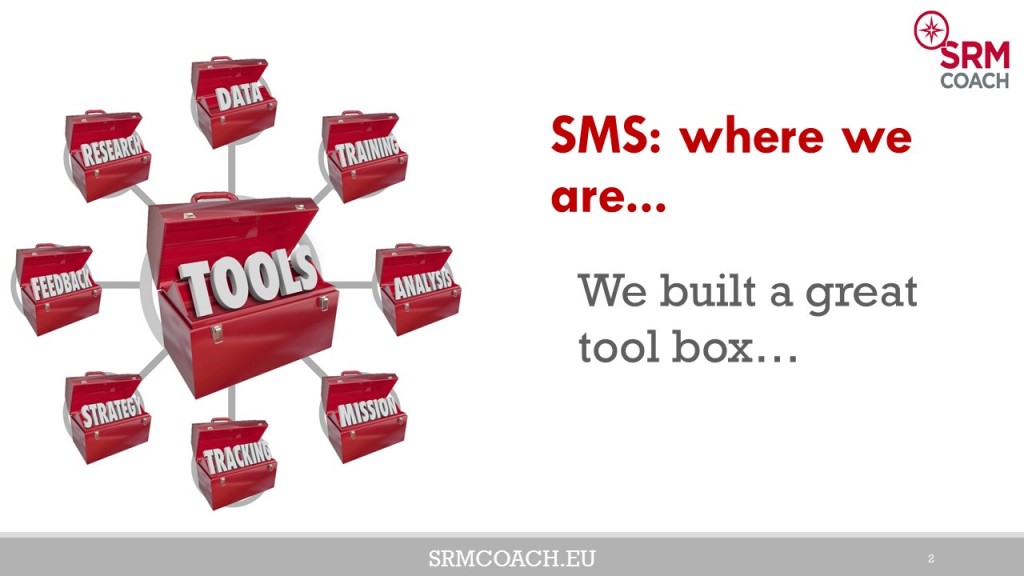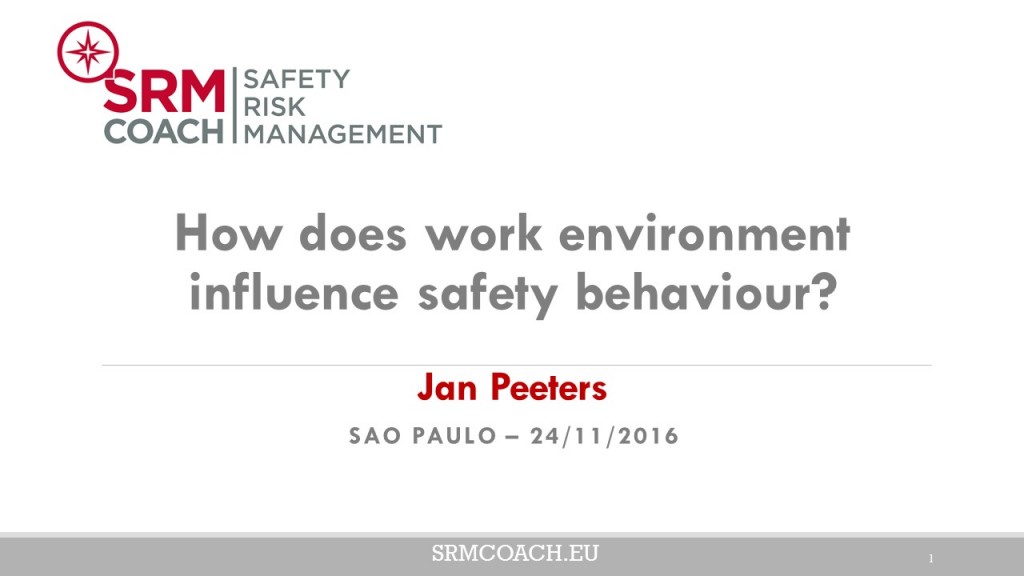São Paulo Lider
“How does work environment influence safety behaviour?“
On 24th of November 2016 I gave a presentation with the above title.
My aim was to help the audience gain a broader perspective of Human Error, and introducing some of the concepts around complex systems thinking.
On this page you will find more resources for this talk and more in-depth discussion and references.
In my previous presentation in Rio de Janeiro in 2015 I talked about Safety Management Systems and its purpose How we must be aware that it is just a tool, having an SMS by itself is not going to make the organisation safer, unless we actively use it and take action.
When I was asked to give a talk again, I was trying to come up with a topic around Human Factors.
I see that everyone else had the same idea, must be something in the air, which I see as an excellent thing!
I hope that between all of the speakers we can give you different ways of looking at human factors and how to improve them.
Note that you might find that some of us contradict each other, this is not necessarily a problem, like I will talk about later, they are different explanations for the same complex phenomena that are sometimes all necessary to understand all sides of the complex problem that is Human Factors.
I hope that I can give you a different perspective on the topic and show you some useful (and free!) thinking tools that can help you to approach investigations around Human Error events differently.
Hopefully it may help you to come up with fresh solutions different interventions in your organisation to improve safety.

For many organisations, it was not easy to set it up all these tools, the reporting systems, investigations, some even have LOSA observations and all kind of ways to get more knowledge about our operation. It is an even steeper learning curve to use the SMS toolbox in a way that contributes to a better performing operation. So we have to remain critical what this SMS is actually producing for your organisation.
Presentation Lider Aviacao Sao Paulo 2016
Last year I gave you 4 questions to take home, to evaluate in your area of responsibility if the SMS is working. These questions are also excellent to apply to our efforts to reduce human error or improve human factors.
After all, if all this effort of SMS is not leading to effective actions to improve safety performance, what is it good for?
The whole point of an SMS is to identify those areas where we need to allocate resources to reduce risk. When we hear that Human Errors “cause” 85 % of accidents, it seems like an obvious candidate to dedicate resources to reduce risk right? Then we must come back to questions 2 and 4, How do you know Human Error is going to be the cause and 4, are the actions to improve human error working.
In a lot of organisations, the answers are not convincing… improvements after interventions are in some case only temporary in other cases non-existent
Recent Posts
- 16 May 2018Why do Safety Management Systems fail? I saw this question on Quora.com. Good question! Complex answer 🙂 I star...
- 19 Nov 2017Our (mis)understanding of complexity in Safety: it´s not complicated it´s complex!I am developing my ideas around complexity to involve it more in my Safety Management courses, I thi...
- 28 Feb 2017Complexity and decision making: Is SMS enough? [EBASCON 2017]This post is meant as a resource page for a talk I gave at EBASCON 2017 in Munich. I will include li...
- 19 Dec 2016Is SMS enough? Complexity thinking and taking action…Last year I spoke at the excellent safety event organised by Líder Aviação in Rio de Janeiro. My que...
 20 Oct 2015The purpose of SMS: Is SMS enough to make our organisations safer?The purpose of SMS: “Is SMS enough to make our organisations safer?” It was my great ple...
20 Oct 2015The purpose of SMS: Is SMS enough to make our organisations safer?The purpose of SMS: “Is SMS enough to make our organisations safer?” It was my great ple...
Newsletter
Contact Details
- +34 601093969
- Skype: "Janelviajero"
- jan@srmcoach.eu







